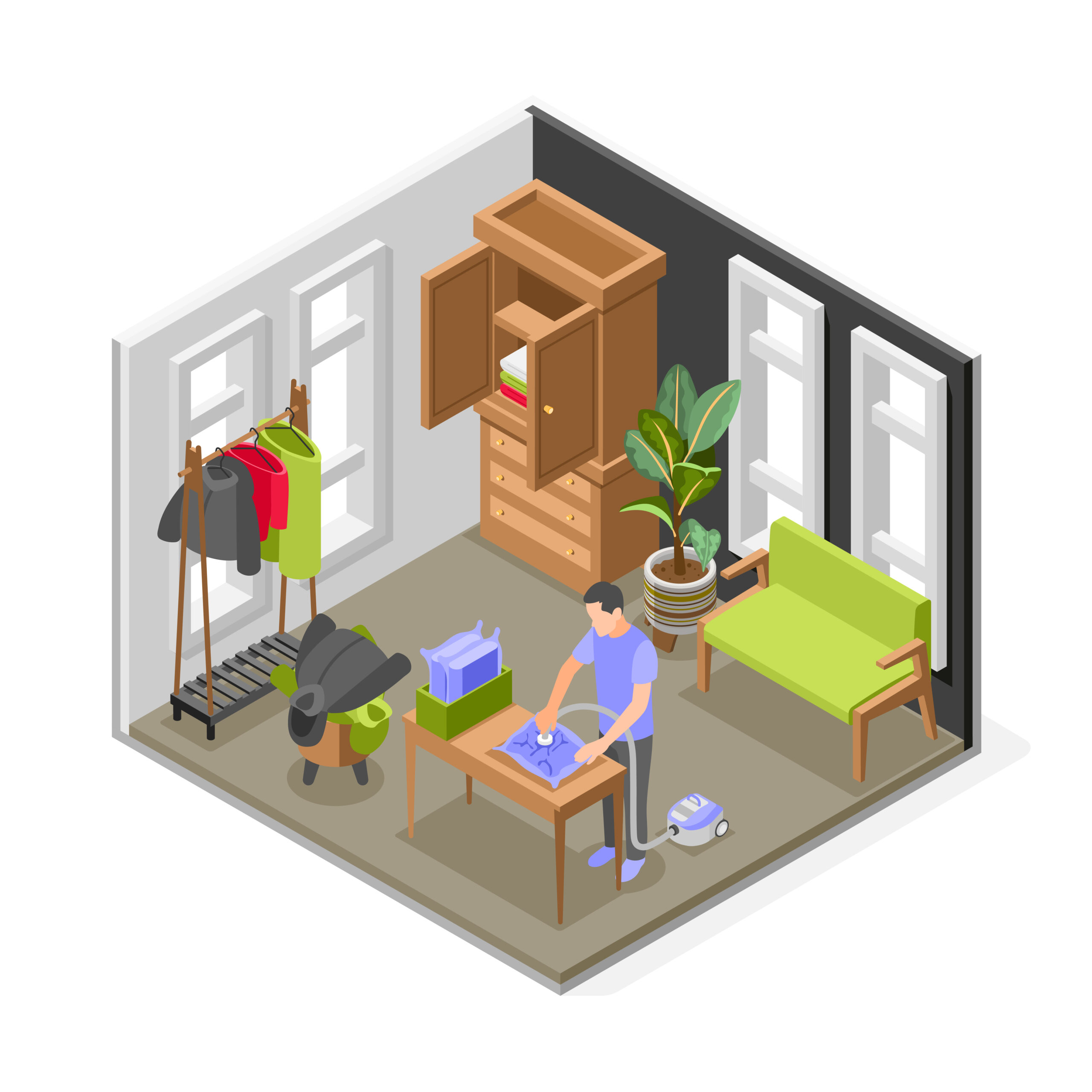
Decluttering succeeds with a clear, repeatable plan. This room-by-room guide covers the kitchen, garage, closets, and office, and it offers simple rules that speed decisions and reduce stress. You will sort what stays, what is donated, and what is discarded, then close each session with a tidy result. When items are ready to leave your home, schedule junk removal or a donation pickup service in Chicago to move them out responsibly. The service supports your plan; it does not define it.
Contents
Before You Start: Simple Rules That Speed Decisions
Begin with a time box. Set a timer for twenty minutes and work only within that window. Short sessions reduce fatigue and keep momentum high.
Use the one-touch rule. When you pick up an item, decide its fate before you set it down. Place it in a keep, donate, or discard container and move on.
Try the container limit. Choose a bin or shelf for each category and keep only what fits inside it. The boundary does the editing for you and removes second-guessing.
Lean on frequency and fit. Items that serve you often and fit your life today get priority. Everything else needs a clear reason to remain.
Finish with a visible win. End each session by returning kept items to a single, tidy zone. A quick sweep and a closed lid provide a sense of completion.
Kitchen: Clear Counters and Smart Zones
Start with surfaces. Empty the countertop, wipe it clean, and return only daily tools such as a coffee maker or a knife block. Store everything else by task so cooking feels calmer. Baking tools near mixing bowls, breakfast items near the toaster, and spices near the stove.
Clear the drawers with a duplicate test. Keep your best set of measuring cups, spatulas, and tongs. Extras move to a donate box unless you genuinely need them for frequent batch cooking. If a gadget has a single use that you haven’t relied on in months, consider releasing it.
Address the pantry with a simple scan. Check dates, group like with like, and face labels forward so you see what you own. Follow a first-in, first-out habit by placing newer packages behind older ones. Unopened shelf-stable items that you will not use can be donated if local guidelines allow.
Tackle food storage containers. Match each base with a lid. Keep one complete stack in a single cabinet and release the rest. This step alone often clears a surprising amount of space.
Garage: Categories, Safety, and Flow
Choose broad categories such as tools, sports, lawn care, and seasonal decor. Give each category a physical home, then return items to that spot as soon as you finish a task. Wall racks and clear bins lift goods off the floor, restoring room to park or work.
Apply the ninety-day rule for project leftovers. If a piece of lumber or a half box of tile has not been used within three months, list it for reuse or donate it. Keep only what you can name a near-term project for.
Set aside chemicals, paint, and batteries for proper drop off. Check local guidance for safe handling and schedule a disposal day. Moving these out of the garage frees space and reduces clutter stress.
Closets: Fit, Frequency, and Care
Begin with what you love and wear now. Place those pieces back in first, organized by type and color. Next, use the two-season test. If you haven’t worn an item for two full seasons and it still doesn’t feel right, it is ready for a second life elsewhere.
Practice the hanger flip. Turn hangers backward as you return clothes. After a season, anything still facing the wrong way becomes a strong candidate to donate. For shoes and bags, use the one in, one out rule to maintain balance.
Care matters. Wipe shelves, add cedar blocks if needed, and store rarely used formal wear in breathable garment bags. A tidy environment supports better decisions.
Office: Papers, Cables, and Digital Spillover
Sort paper using three trays labeled “to do,” “to file,” and “to shred.” Move items through the trays once per week. Scan receipts and warranties to keep the file drawer organized. Name digital files with a clear format and store them in a single location to prevent duplicates.
Tame cables and peripherals. Keep one extra of each standard cord and give the rest to a reuse outlet. Retire old printers and monitors that are no longer compatible with your current setup. Clear desk surfaces with a daily reset so each workday starts fresh.
When to Bring in Help
Large items, stair carries, and tight hallways can slow progress. A trained crew can remove bulk goods, route usable items to local partners, and sweep the space before they leave. If your schedule is full or the project feels heavy, outside help keeps your plan on track.
Steady progress comes from short sessions, clear categories, and closing each task before you start the next. When your keep, donate, and discard piles are ready, hand the heavy lifting to a trusted provider. For junk removal or a donation pickup service in Chicago, schedule with Junk or Donate. The team will route usable goods to local partners and remove the rest, leaving clear paths and a settled space. Your plan sets the direction, and the service completes the job with care.